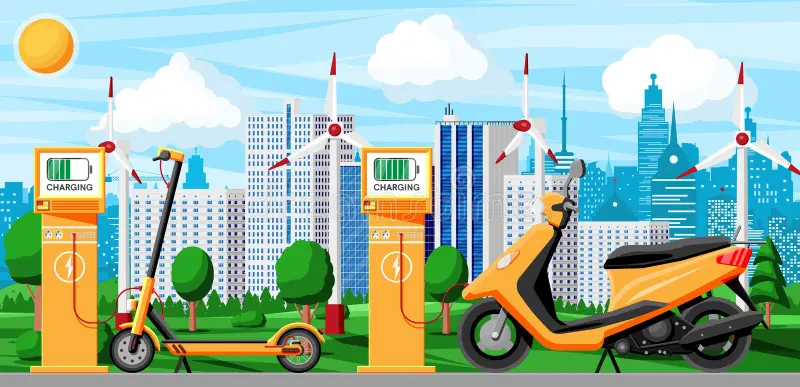
The electric two-wheeler (E2W) market in India has shifted from niche to mainstream over the past few years. Electric scooters now make up a large majority (~88–90%) of all electric two-wheelers sold in the country. Though EV scooters still represent only about 6–7% of total two-wheeler sales (including petrol models), this share is rapidly increasing. Electric scooty market in India
What’s Driving the Growth
1. Government Policy & Subsidies
Incentives under FAME II, EMPS 2024, PM E-DRIVE, and other schemes have made EV scooters more affordable. IMARC Group+1 State level subsidies, lowered road-taxes, and supportive EV policies in Delhi, Karnataka, Maharashtra, etc., add to the momentum. EV scooter market 2025
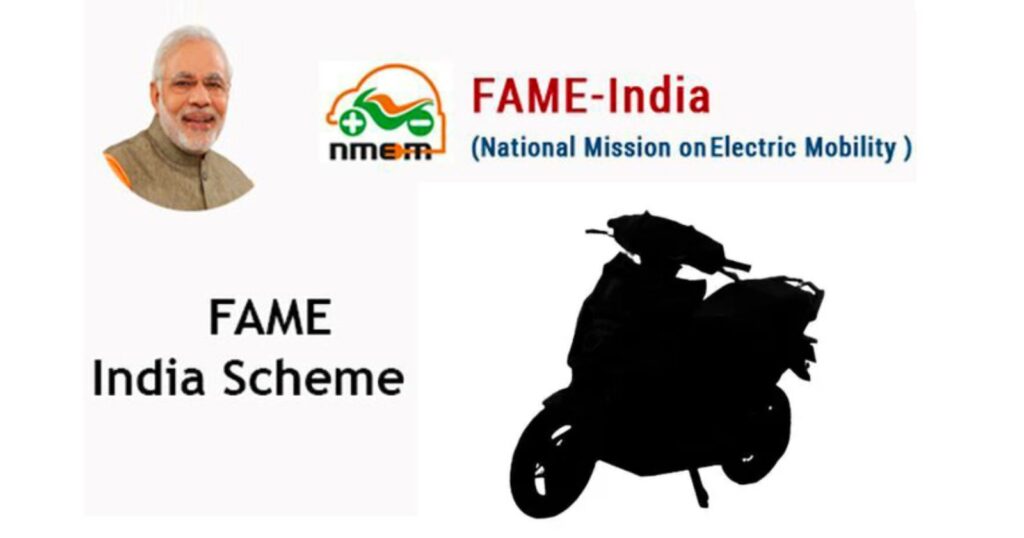
2. Improved Battery, Range & Technology

Modern EV scooters now offer decent range, better build quality, faster charging, and features like digital dashboards. This reduces range anxiety and makes EVs more usable for daily commuting. Electric scooter industry growth India
3. Rising Urbanization & Pollution Awareness

Traffic congestion and pollution are serious challenges in Indian cities. Many urban riders see EV scooters as a cleaner, cost-effective alternative. Also, fuel price volatility makes EVs more attractive. EV revolution in India
4. Expansion of Charging Infrastructure
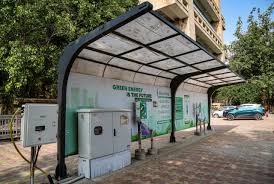
More charging stations are being installed in cities, along with support for battery swapping or home charging, which eases the adoption barrier.
5. Brand Competition & Consumer Choices
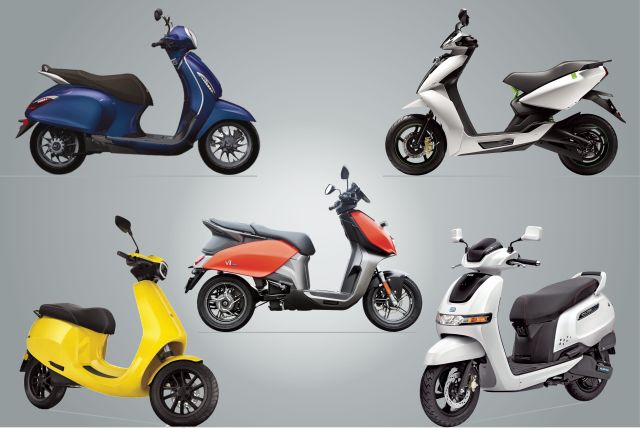
Big players like Ola Electric, TVS, Bajaj, Ather, Hero Electric, and others are aggressively expanding their portfolios. With more model options, features, and price points, consumers now have better choices. Electric scooter market share India
Recent Market Figures
In FY 2024-25, EV two-wheeler sales in India crossed approximately 570,000 units, showing rapid year-on-year growth. IMARC Group
The top selling companies include Ola Electric, TVS Motor, Bajaj Auto, Ather Energy, and Hero Electric. Electric Vehicle Info+1
Market share shifts are visible: legacy manufacturers are reclaiming prominence; startup players must compete strongly on price, service, and charging support.
Challenges That Remain
High upfront cost: Even with subsidies, EVs often cost more than ICE scooters, which remains a barrier for many customers.
Battery & Charging Concerns: Although improving, infrastructure isn’t yet uniformly reliable in smaller cities and rural areas.
After-sales Service & Support: Gamuts of spare parts, accessories, and strong service networks are still catching up, especially for newer brands.
What This Means for Accessory Businesses (Like Metal Craft)
As the EV scooty market grows, so does the demand for accessories and replacement parts:
Massive Potential for body panels, lights, fenders, visors, clamps, seat covers etc., especially for popular models.
Importance of Quality & Fit: Customers will favor parts that match OEM quality, perfect fit, and durability—so offering premium plastic parts and FRP accessories is a strategic advantage.
Opportunity in Tier-2 / Tier-3 Cities: As EV adoption expands beyond metros, there’s growing demand for affordable, good quality parts in smaller towns.
Need for Visibility & Trust: Brands with strong service, genuine customer reviews, good online presence will win over in the accessory market.
Conclusion
India’s electric scooty market is accelerating fast, driven by policy support, awareness, technology advances, and growing urban mobility needs. For businesses in the accessories sector, now is an ideal time to scale up, maintain high quality, and reach customers with reliable parts and excellent service. The ride ahead looks bright—and for accessory makers, full of opportunity.
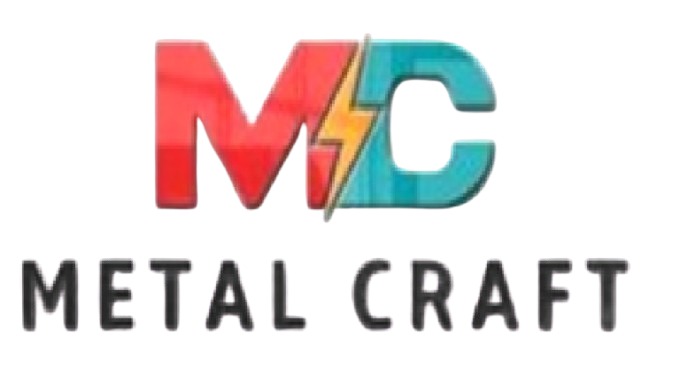
Leave a Reply